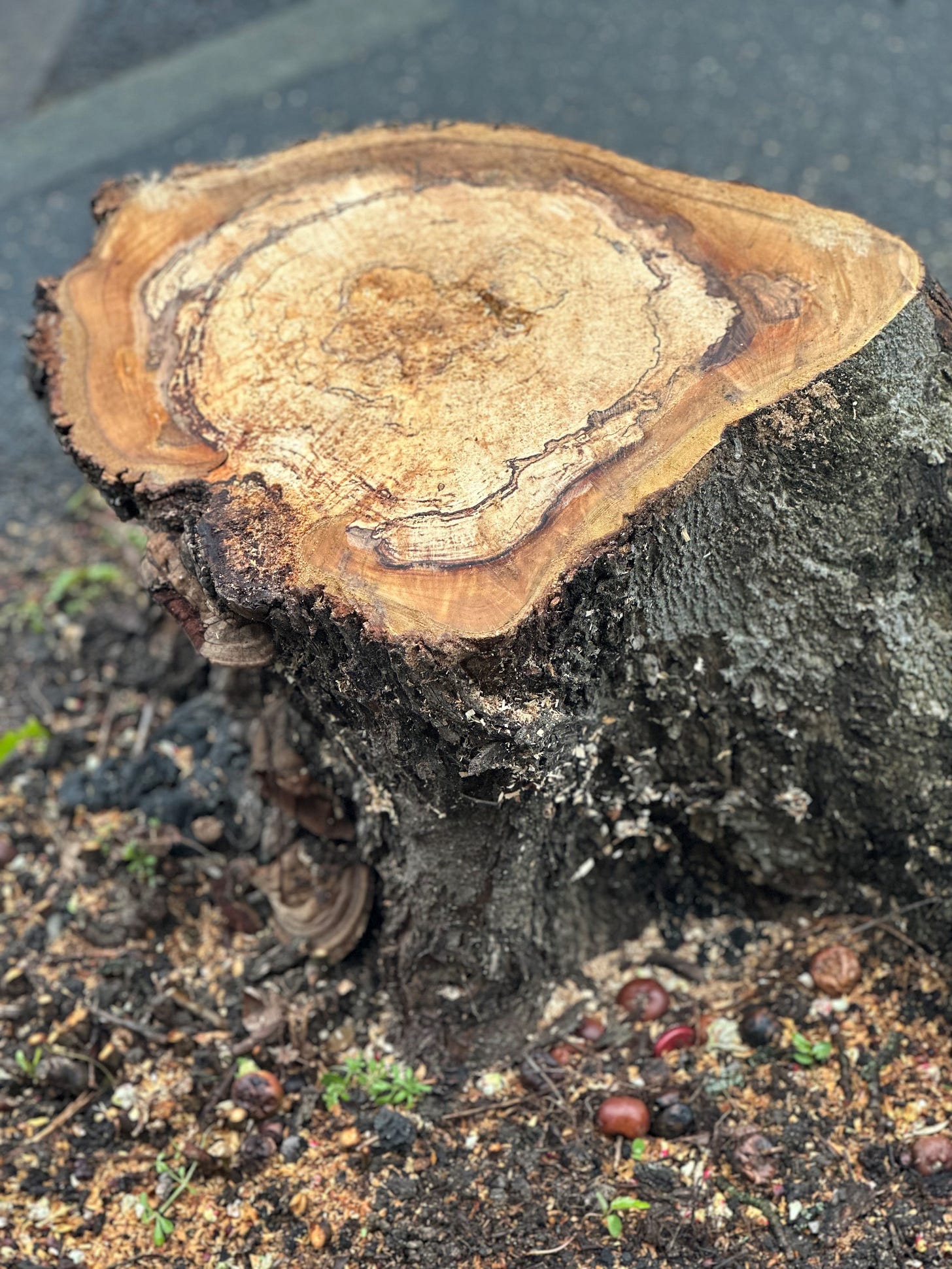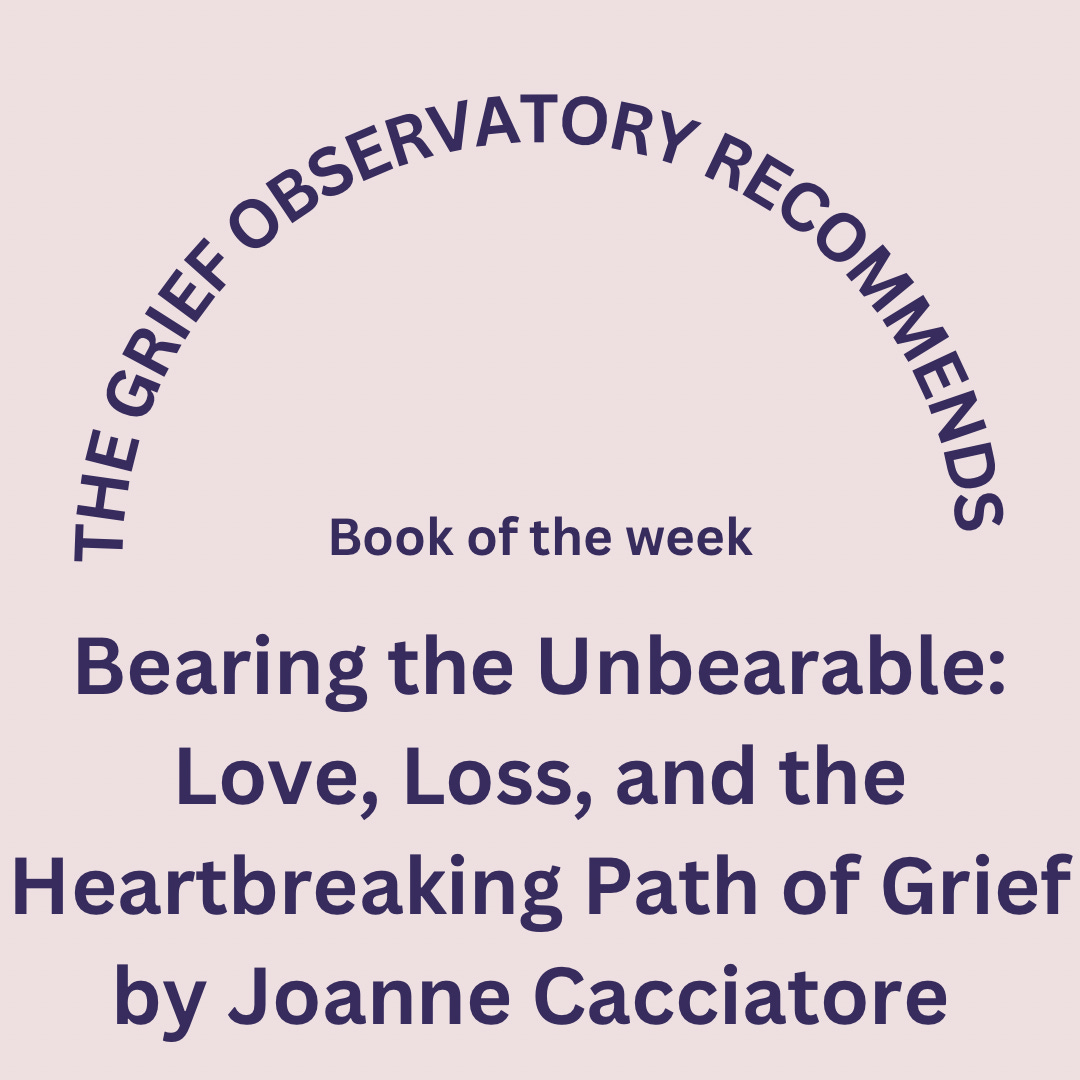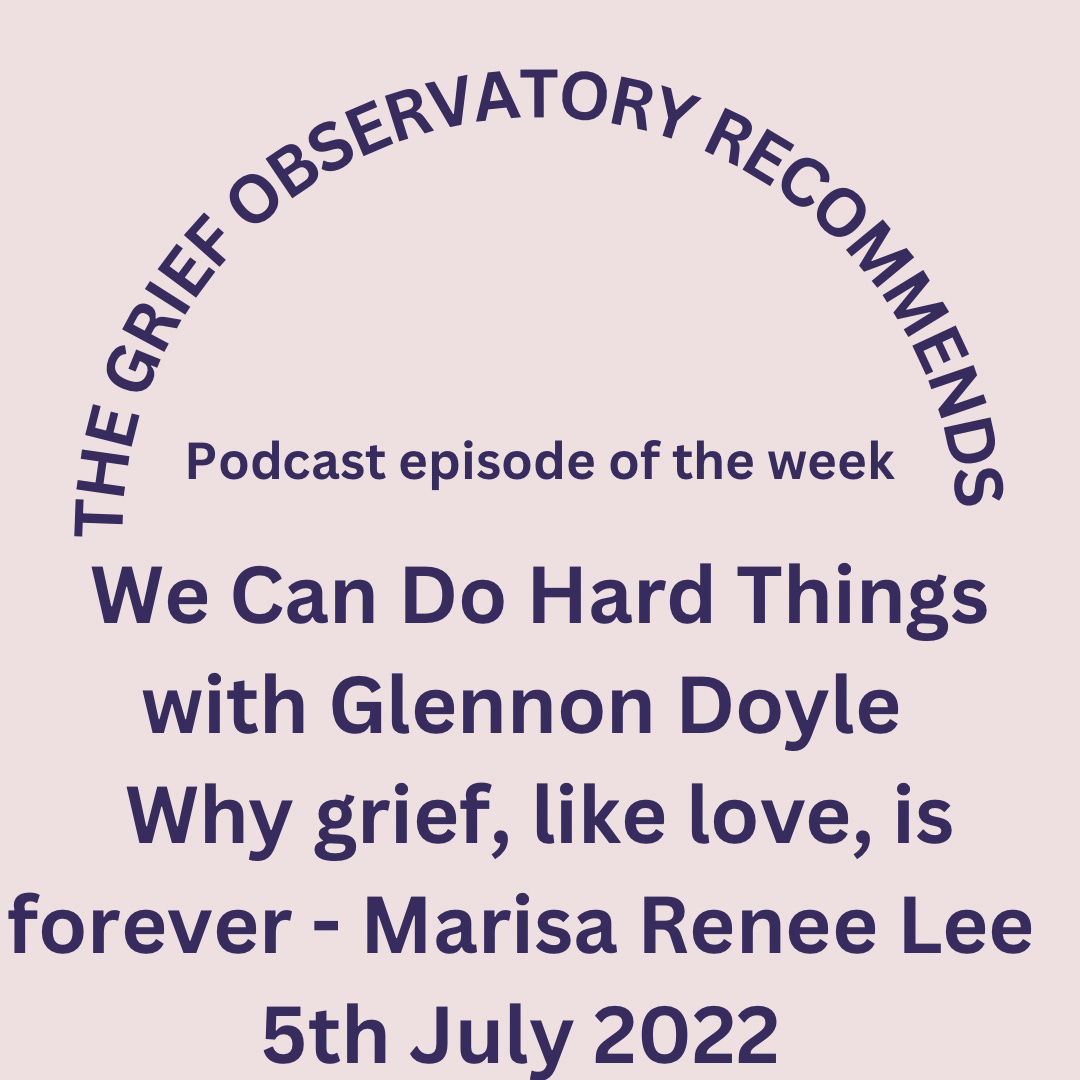Firstly apologies if my subtitle has given you Ronan Keating’s Life is a Rollercoaster as an earworm. Swap the word “life” for “grief” and the chorus is the appropriate soundtrack for today’s post.
Once we reach the first anniversary of a loved ones death, it can be tempting to think that we’ve done all our grief processing, got our lives back to some semblance of normality and are far more in control of our emotions, and to a certain extent this is true.
However, this can mean that when something suddenly triggers our grief again in what was otherwise a relatively normal and grief free time, it can catch us unawares. This unexpected emotional response can be difficult, not just because we weren’t prepared for it, but that it can often lead to frustration or a feeling that we’ve failed to deal with our grief properly. In a society which expects us to have moved on by now it can feel like we’re somehow doing grief wrong if we still get upset every now and then.
Joanne Cacciatore, in her book Bearing the Unbearable: Love, Loss, and the Heartbreaking Path of Grief, calls these re-grieving days, and writes;
We may have what I call re-grieving days, days when acutely experienced grief reemerges months, years, or decades later on a special day, holidays, or without any particular cue or prompt. On re-grieving days, grief moves to the foreground again, and we may feel weepier than usual, tenderhearted, and vulnerable.
Today I had a little cry, walking past a tree stump that until last week was a crab apple tree. That tree held special memories for me and every time I walked past it I remembered the time, around a month before my daughter died, when she spotted me crouching down to collect crab apples as she was walking home from sixth form, and by the time I got home she was telling the family how odd I looked and we joked about my suburban foraging and how she had guessed that that was what I was up to. The sadness caught me by surprise, that the tree hadn’t survived either unexpectedly bringing my grief to the foreground. I allowed the tears to fall, having learned that allowing myself to feel my feelings is what grief is all about. Tears for my daughter and for the tree, a moment of remembering and regrieving.
If “grief is a rollercoaster, just gotta ride it,” then maybe it’s more helpful to accept that this ride is a long one, a lifelong one with ups and downs, but that the ride calms down after the beginning, the scary bits that make us scream lessening in frequency but having no less impact on us as the ride progresses. We’ve not failed to grieve properly or in the appropriate timescale and there’s nothing wrong with us when regrieving moments happen unexpectedly. As Marisa Renee Lee writes in Grief Is Love: Living with Loss;
You are adapting to life without someone you love. You will make adjustments for your loss for the rest of your life, and this will involve a lot of feelings. You don’t ever “get over” these foundational losses, because the person you lost is core to who you are. They are a part of you. You cannot rid yourself of them, and you never stop sensing, noticing, and sometimes becoming deeply emotional as a result of their life and absence, and that is okay. That is simply part of what it means to be human, and to be loved.
Further Resources and Recommendations





